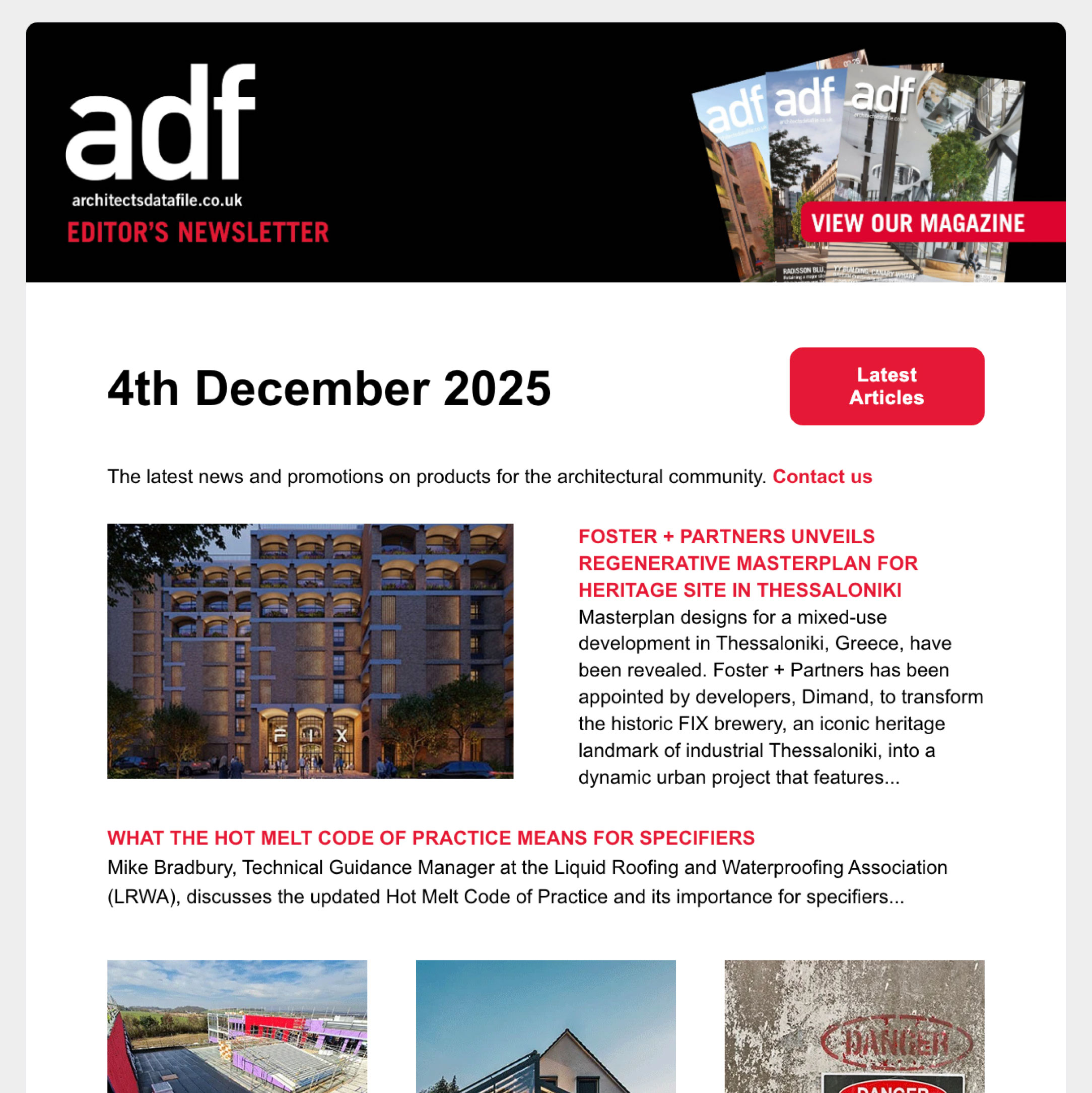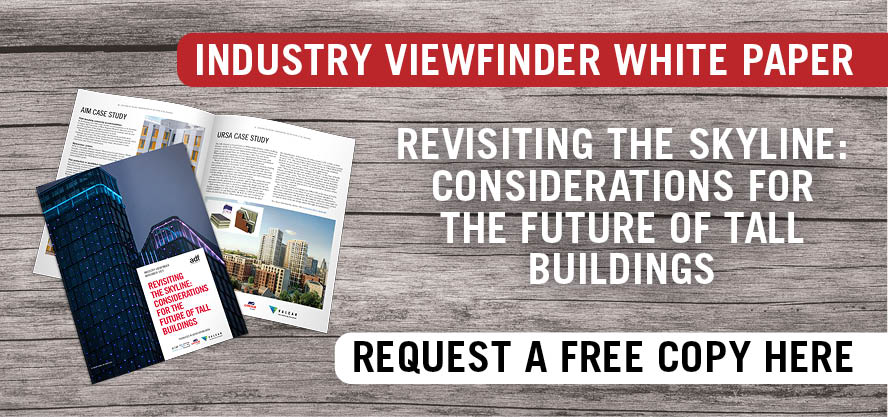Product substitution, otherwise known as ‘breaking spec,’ threatens building performance and raises lifecycle costs. David Grace of K Rend highlights how manufacturers can help protect specifications to ensure design integrity.
When a specified product is substituted and changed for one that is believed to offer similar performance, it can result in the application of value engineered products which don’t have the same benefits. For example, thinner specifications can lead to poor longevity, thereby undermining a building’s performance, and in the longer term affecting its lifecycle costs. Substitution may also invalidate contract conditions and, in the worst case, expose people to significant liabilities in the event of product failure. Ultimately, it disrupts the specifier’s vision and design intent, leading to a mismatch between the intended design and the final built outcome.
Render choice
The choice of render is one area that can be particularly susceptible to the perils of product switching. A fundamental component of building envelopes, render plays a pivotal role in the overall performance and aesthetics of a structure. However, improper specification or application of render can lead to a cascade of issues that haunt projects for years to come. From poor finishes to premature deterioration, these problems not only compromise a building’s integrity but also result in substantial remedial costs down the line.
While a value engineered solution may seem like an attractive option upfront, the long-term implications can be devastating, impacting the durability, longevity and quality of finish. Failure to adhere to the manufacturer’s technical specification and application guidelines can also result in certification being invalid, leaving the project vulnerable and the housebuilder liable. Moreover, remedial work to address issues like cracking, delamination, or an uneven finish can far outweigh any initial savings. For example, failure to use mesh around window and door openings can result in cracking or delamination.
The manufacturer’s role
Many manufacturers understand the vital need to protect specifications. By offering comprehensive support and resources throughout a project, they aim to ensure the correct product is used and applied as per the application instructions, safeguarding the integrity of the design. This multifaceted approach includes providing detailed technical specifications, clear application guidelines, and on-site assistance from a team of application specialists and R&D experts. This vision is clear – to enable the most appropriate choices and practices to deliver a first-class experience for everyone in the project chain.
Bridging the skills gap
To address the skills gap in the industry, some manufacturers have also launched training programmes to equip applicators with the knowledge and skills to execute render systems flawlessly for both hand and machine methods.
Comprehensive training programmes can empower applicators to master the application of a wide range of high-performance render products. These training courses ensure adherence to best practices, enabling the delivery of exceptional, long-lasting results that protect specification. It’s a simple purpose to deliver a very achievable goal.
Manufacturers are also recognising the value of material selection, with some offering innovative solutions like silicone-based renders. These products not only enhance the aesthetic appeal of the facade but also contribute to the building’s overall durability and breathability, providing superior water repellency and a longer-lasting, fresher appearance.
With ever-increasing pressure to deliver cost-effective, high-performing buildings, the importance of render specification cannot be overstated. By partnering with manufacturers who prioritise product quality, technical support, and applicator training, architects and contractors can ensure that their designs are realised to the highest standards, protecting both the building’s performance and their own reputation. Correct render specification is the foundation upon which enduring, sustainable buildings are built.
David Grace is sales director at K Rend



